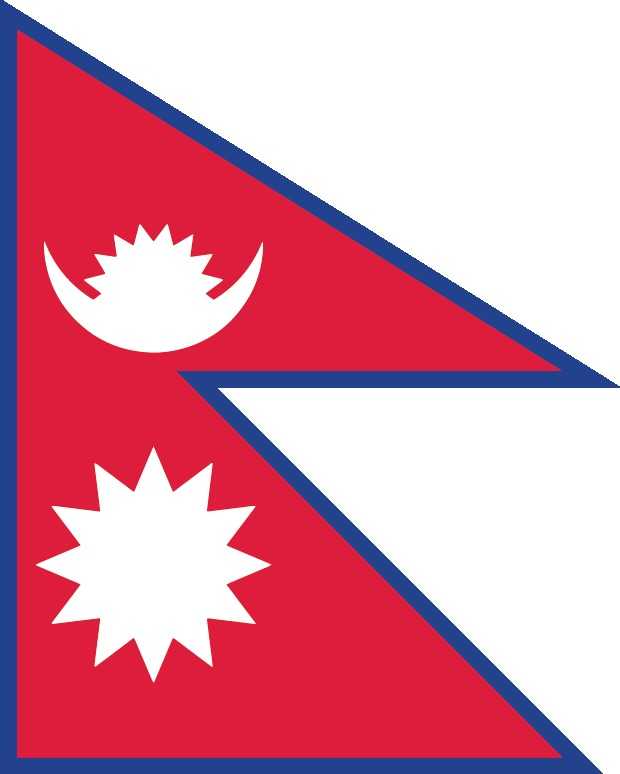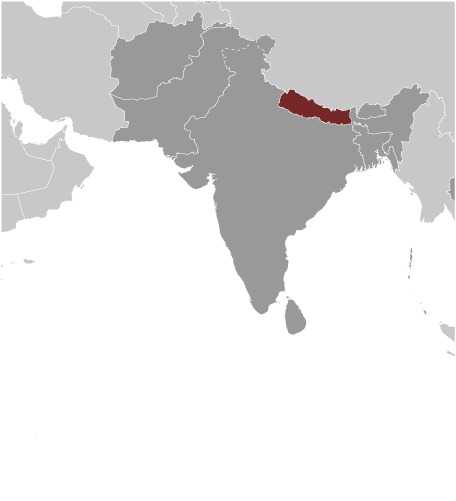Introduction
Visit the Definitions and Notes page to view a description of each topic.
Geography
People and Society
Population
comparison rankings: total 50; male 51; female 48
Languages
Median age
comparison ranking: total 157
Population growth rate
comparison ranking: 128
Birth rate
comparison ranking: 91
Death rate
comparison ranking: 178
Net migration rate
comparison ranking: 198
Maternal mortality ratio
comparison ranking: 52
Infant mortality rate
comparison ranking: total 64
Life expectancy at birth
comparison ranking: total population 154
Total fertility rate
comparison ranking: 132
Obesity - adult prevalence rate
comparison ranking: 187
Alcohol consumption per capita
comparison ranking: total 167
Tobacco use
comparison ranking: total 47
Children under the age of 5 years underweight
comparison ranking: 21
Education expenditure
comparison ranking: Education expenditure (% GDP) 109
Environment
Carbon dioxide emissions
comparison ranking: total emissions 103
Government
Economy
Real GDP (purchasing power parity)
comparison ranking: 83
Real GDP growth rate
comparison ranking: 92
Real GDP per capita
comparison ranking: 173
Inflation rate (consumer prices)
comparison ranking: 164
GDP - composition, by sector of origin
comparison rankings: agriculture 30; industry 180; services 120
Industrial production growth rate
comparison ranking: 134
Labor force
comparison ranking: 63
Unemployment rate
comparison ranking: 153
Youth unemployment rate (ages 15-24)
comparison ranking: total 54
Gini Index coefficient - distribution of family income
comparison ranking: 118
Public debt
comparison ranking: 133
Taxes and other revenues
comparison ranking: 72
Current account balance
comparison ranking: 47
Reserves of foreign exchange and gold
comparison ranking: 75
Debt - external
comparison ranking: 68
Energy
Electricity
comparison rankings: installed generating capacity 112; consumption 107; exports 69; imports 69; transmission/distribution losses 115
Energy consumption per capita
comparison ranking: 164
Communications
Telephones - fixed lines
comparison ranking: total subscriptions 80
Telephones - mobile cellular
comparison ranking: total subscriptions 42
Broadband - fixed subscriptions
comparison ranking: total 71





